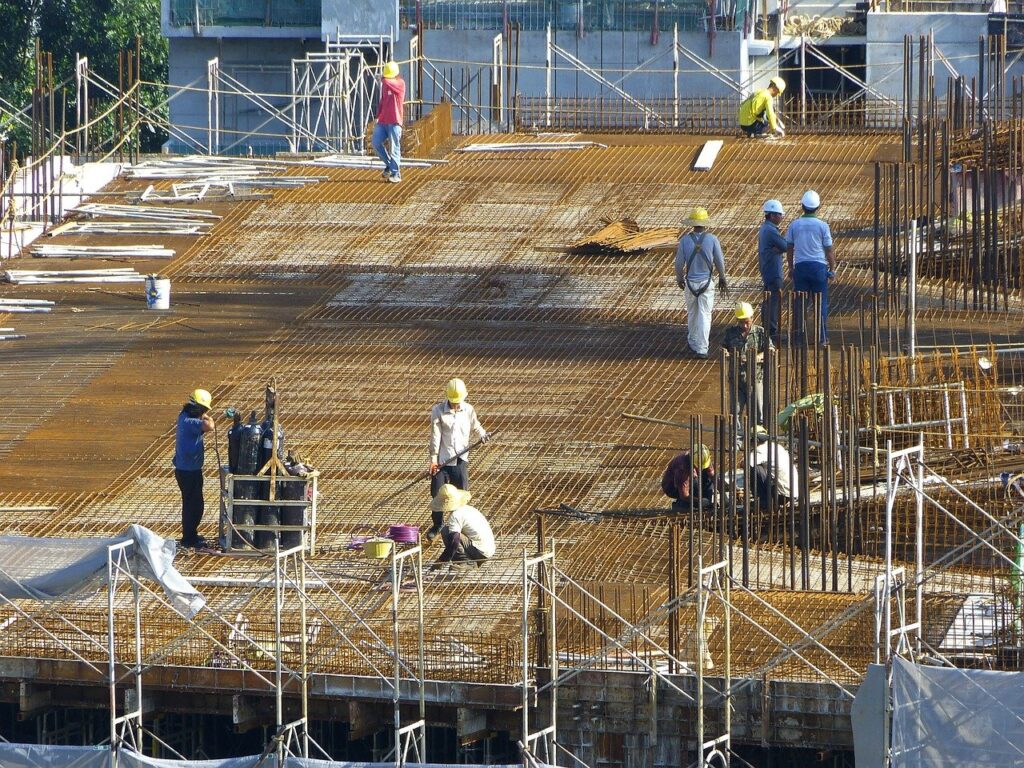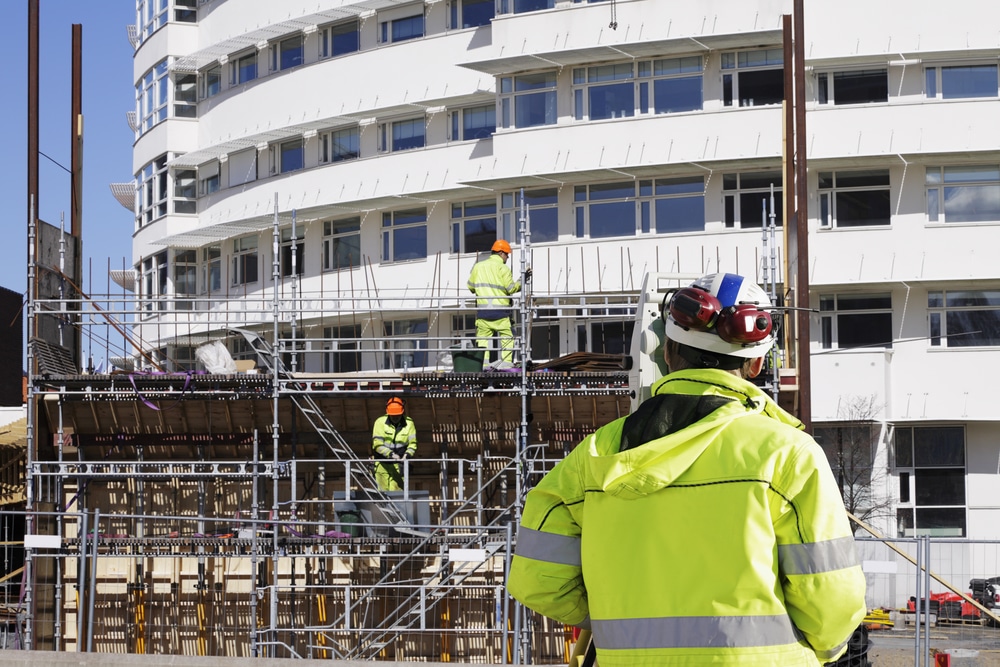Timely communication is an essential component of success for every project with a lot of repetition in construction. Whether you are building a hospital, a school, an entire apartment block, or even a new road network, it is of paramount importance that your teams are connected around a centralised, live schedule.
By moving your project communication to the cloud, you can ensure that everyone stays on the same page and critical issues or last-minute changes are reported directly from the site in a timely manner.
Free ebook: Why WhatsApp and Excel aren’t enough for running complex construction projects
Unfortunately, this is not the case for a big number of project managers and site foremen, as they have to spend more than 6 hours a week creating and maintaining different schedules. They have their master schedule stuck in MS Project, their 3-6 week lookaheads and procurement programme printed out on paper, and outdated reports trapped in Excel spreadsheets or email threads. Let alone the disconnected WhatsApp notifications or the contextless phone calls that could have been avoided.
All these multiple applications generate a lot of stress and a mountain of administrative work. But it’s not the project manager or the site foreman to blame for it. They are continuously asked to give a very tough battle, using tools that are not made for construction. In other words, tools that aren’t built to connect construction teams and support project communication.
Under these circumstances, it’s impossible to maintain the rhythm of your project at a good pace. How could you change that? By understanding that planning is your project’s heartbeat. It’s like running a race. You should go neither too fast nor too slow.
This is why site to office communication is the bedrock of every construction project and why sharing the live version of your project’s schedule with your field teams matters. It’s the only way to make everyone facing the same direction and eliminate waiting time (also known as downtime).
How to improve communication in construction
In an effort to help you start delivering faster and, therefore, cheaper here are five ways you can improve communication in your construction projects:
1. Choose a digital tool that is construction specific
Finding a construction-specific digital tool is the first step towards bridging the gap between the site and the office. By offering your teams the possibility to report progress directly from the site, you make the decision-making process faster and add more clarity to the day-to-day operations. Everyone will have access to the same information just by using their mobile device.
In that way, they will always have a live, shareable view of the programme at their fingertips. Furthermore, they will be able to plan ahead and always come to the site prepared for their next tasks.
This seamless connection between the field and the office will also help you, as project manager or site foreman, to keep your project in view at all times and be in a position to track constant change, diversions, and movements.
2. Connect your teams to a single source of truth
Once the right software solution is in place, it’s time to start reaping the benefits. Many project managers admit that they still have to use more than 24 hours per month to collect scattered information from multiple sources and tools to keep all their programmes up to date.
So they constantly have to go back and forth with their foreman looking for the latest updates from the site. But that’s not all. Once they get the information they were after, they have to figure out what the impact of each update is on the development of the project.
This is why moving all project communication to a centralised place in the cloud is a game changer. It suddenly becomes extremely easier for all teams to keep full visibility over their tasks and for you to deal with big chunks of data faster and more efficiently.
The right people gain access to the right information just by using their smartphone so that everybody knows where they stand and whether a task or material order needs to be rescheduled. No more communication silos that can push your project significantly behind.
3. Integrate your schedules
The last but equally important step is to connect your schedules. You might know better than us how challenging it is to monitor and keep so many different schedules up to date at all times. You have the master schedule, the 3-6 week lookaheads, the purchase programme, and the document approval schedule.
This makes it very difficult to see the aggregate impact of problems and changes, which is necessary in order to make timely and well-informed decisions.
Learn more: How to connect your project schedules and align better?
Now if you also store critical information in multiple disconnected tools and formats (Excel, MS Project, Primavera P6, Powerproject, even whiteboards and paper notes), or communicate via email, SMS and WhatsApp, the problem gets even bigger.
This is why you need a construction-specific tool that will allow you to create a seamless link between the different schedules and effortlessly monitor the impact of the latest updates from the site on each one of them.
In that manner, you will soon be able to:
- never miss an important milestone or development again.
- boost visibility and transparency between project teams.
- improve communication with subcontractors.
- achieve full alignment between on-site and off-site teams.
Connect everyone. Align better.
Improving communication in your construction project goes through your schedule. If you want to learn more about how you can start seeing everything on site without getting lost in an ocean of disconnected data, download our free ebook here.





